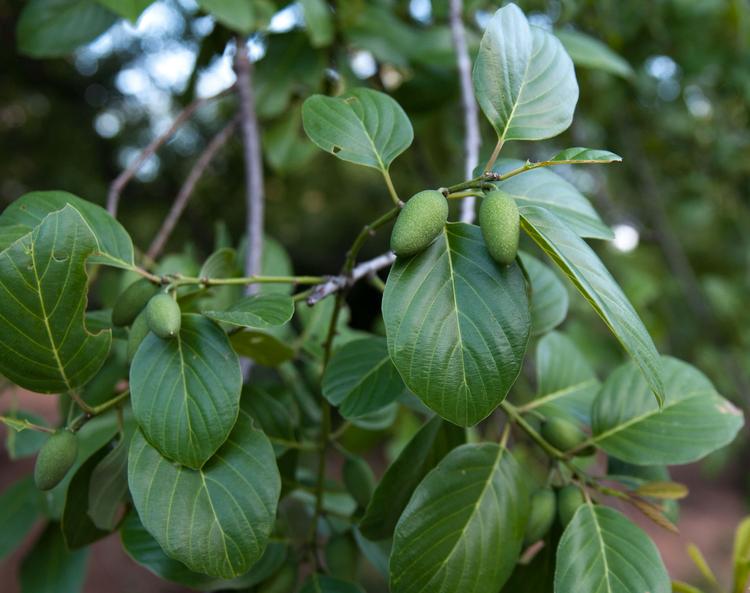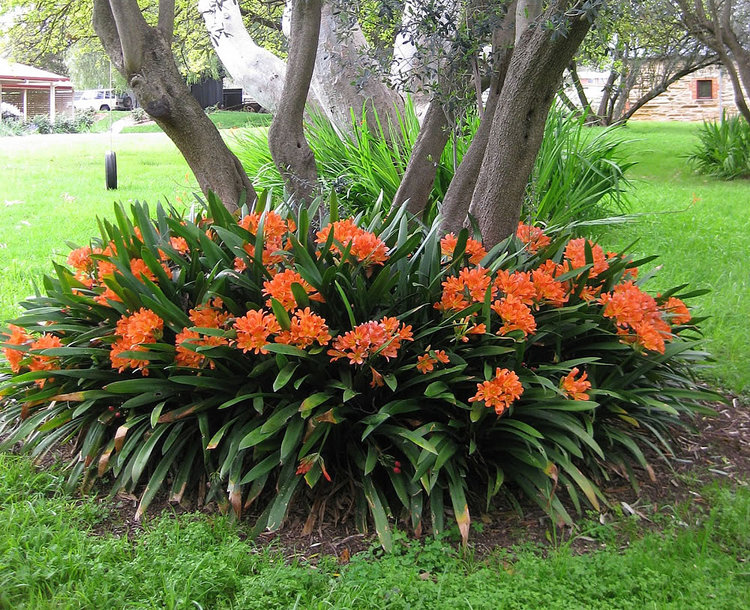
The Sunday Mail

Andrew Mangwarara
Back in the day, break time at school was very exciting as it would give us the opportunity to spend the few cents that our parents could afford to give us. The bird plum, commonly referred to as nyii in Shona or umnyi in isiNdebele, was one of the common delicacies on the shopping list.
It is a small ovoid berry fruit less than two centimetres long with a smooth brown skin. You can enjoy the sweet berry as a snack during times of relaxation.
The fruit can be likened to wild dates, both in appearance and taste. This fruit is in season from January to May.
Botanically known as berchemia discolor (of the Rhamnaceae family), this tree is widely available in most parts of the country, though it is more abundant in lower altitudes along rivers and termite mounds.
It is also found in South Africa, Mozambique, Botswana, Namibia, Angola, Sudan and Ethiopia. Berchemia discolor is common in woodlands with combretum apiculatum (mugodo or umbhondo) and azanza garckeana (mutohwe or uxakuxaku).
Bird plum trees can be deciduous or evergreen, depending on the environmental conditions they are exposed to. The tree itself grows up to 18m tall, a very good attractive garden subject.
The crown is round and open while the bark is grey-black, rough and fissured. Its leaves have a prominent midrib whilst young leaves are shiny and sticky. Bird plum tree flowers are small and greenish yellow.
The fruit is laden with vitamin C and is edible fresh, sun dried or boiled with sorghum. The fruit is also used to make beer or a very palatable porridge. The leaves are used to make a beverage similar to tea.
lt is also an important medicinal tree used to treat wounds and infertility. The juice is used to treat bleeding gums. Use the roots for liver problems.
Its wood is attractive, hard and suitable for furniture and sticks. lt burns well for firewood purposes.
The resin obtained from the tree is used to make glue. And that is not all – the bark is used to make a red dye whilst a white wash obtained from the ashes is used to paint houses. Talk of versatility, also a black dye can be made from the roots or the powdered heart wood. You definitely have your own paint factory.
To propagate the tree, take fresh seed and sow in a soil mix of five parts river sand to one part compost. Since the seed coat is hard, you can place the seeds in hot water and allow to cool for 12 hours. Scarification of the seed also helps speed up germination. After germination, transplant the seedlings into single plastic sleeves with a mixture of sand, loam and compost, with two parts of sand and loam and one part of compost.
Root suckers can also be used to raise new plants. The tree is drought resistant and grows well in frost free areas. When we talk of drought resistance, we mean that the tree will grow in areas that may receive rain once in four years and up to an altitude of 1900m.
In places where it does well, the tree can be used as a windbreak.
This is a flexible tree for gardeners as it can grow in a wide pH range of 4,5 to 7,5. The best position to plant it is in full sun. However, it can still grow in part shade.
lt is able to grow in a wide temperature range of 10 to 38 degrees celsius. lt is a good garden specimen to plant near delicate features such as ponds since the roots are not aggressive.
It attracts a number of herbivores such as elephants, girrafes, kudus and impalas. These browse on its leaves whilst its fruit is eaten by humans, baboons, birds, monkeys and many others.
Enjoy as the bird plum boosts your vitamin C levels.
Feedback: [email protected]



